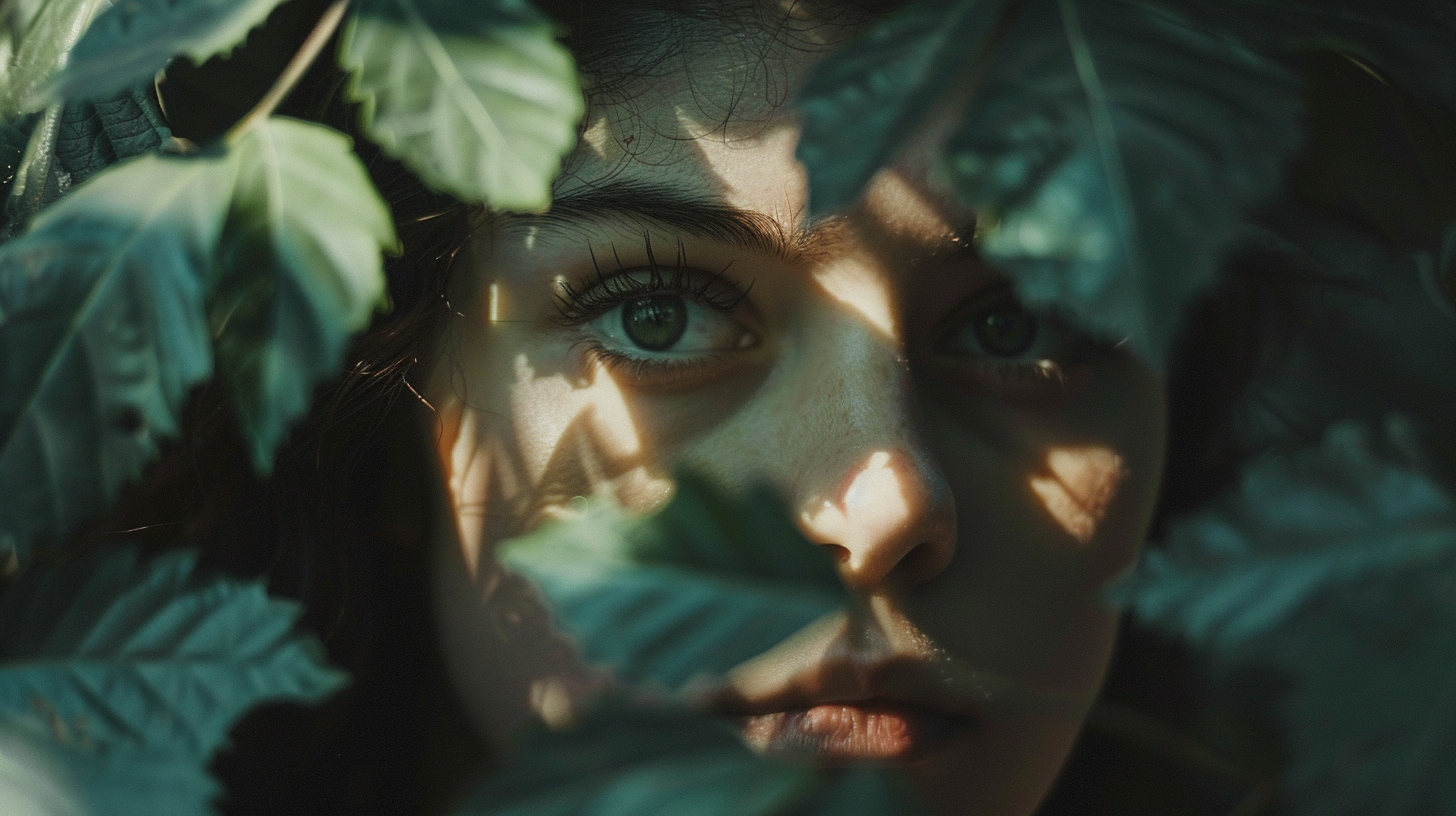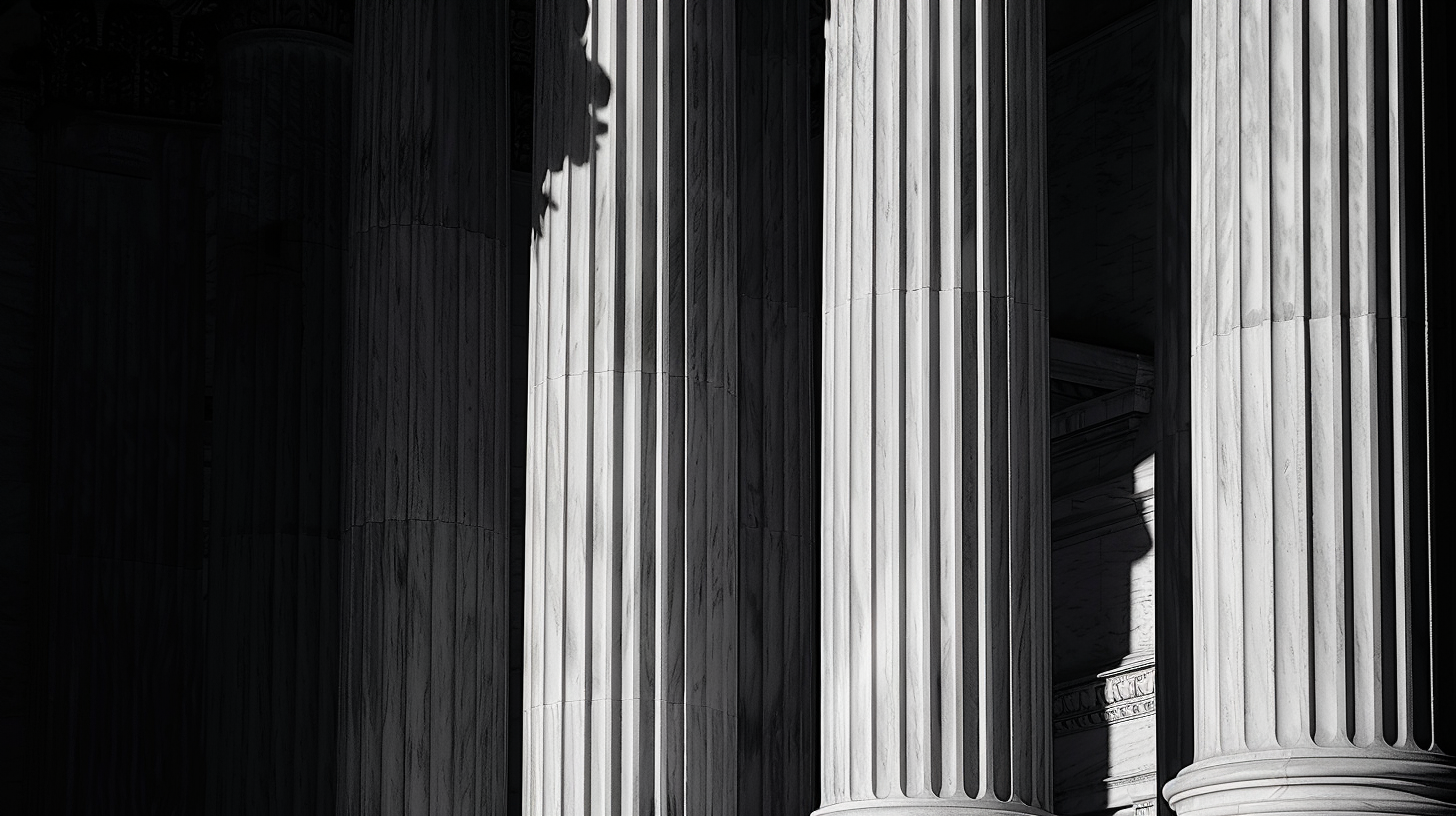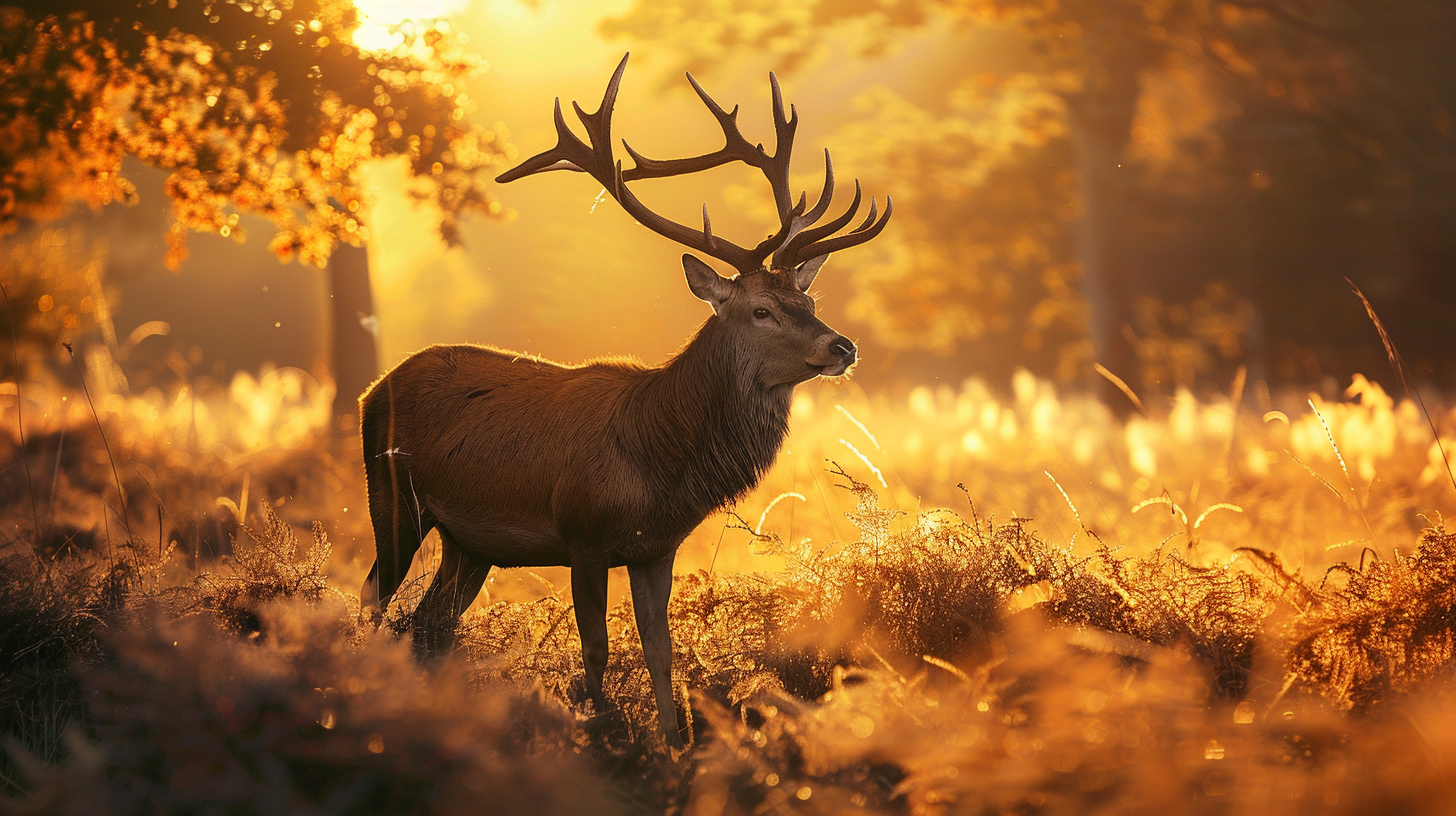Table of Contents Show
In an era where digital images are churned out by the billions, it could be contended that the humble roll of film has taken on a mythical status among photographers. We’ve witnessed a surprising revival of analog photography, a medium that many had written off as a relic of the past. Our exploration seeks to uncover why, against all odds, film has not only survived but flourished. From the tangible differences between analog and digital captures to the profound sense of nostalgia and mindfulness that film photography evokes, we invite you to join us in unraveling the layers of this enduring phenomenon. What might this resurgence tell us about our relationship with technology, and how does the analog community shape the future of photography? Let’s find out together.
Key Takeaways
- The revival of analog photography is fueled by a desire for authenticity and a tactile creative process.
- Analog’s unpredictability and imperfections offer a unique charm, contrasting the digital world’s predictability.
- A growing interest in mindfulness and the vintage appeal of analog photographs strengthens its resurgence.
- Future trends in analog photography include hybrid techniques and eco-friendly solutions, ensuring its preservation and evolution.
The Allure of Film Photography
In recent years, we’ve witnessed a remarkable revival of interest in film photography, driven by its unique charm and tactile experience. This resurgence isn’t just about nostalgia; it’s a declaration of our desire for authenticity and a deeper connection with our creative work. We’re gravitating back to analog because it offers us a sense of freedom that’s hard to find in the digital domain.
We’ve embraced the unpredictability of film as a welcome escape from the predictability of our digital lives. There’s something exhilarating about not knowing exactly how our photos will turn out until we develop them. It’s a leap of faith that pays off with images that feel more alive, imbued with character and a sense of timelessness.
The process of shooting with film also demands a level of mindfulness and presence we often miss in our fast-paced world. Each shot costs us, not just concerning film but in the thought and intention we put into making it. This limitation frees us to focus on the moment, to think critically about what we’re capturing and why. It’s a pleasing counter to the shoot-first-think-later approach that’s become the norm.
Analog Vs. Digital: Key Differences
Understanding the key differences between analog and digital photography is essential for appreciating their unique impacts on our creative expressions. As we explore this comparison, we’re not just talking about old versus new. We’re investigating two fundamentally different approaches to capturing moments, each with its own philosophy and implications for how we express ourselves through photography.
-
Tangible Process vs. Instant Gratification: Analog photography demands patience and skill, with each photo requiring manual adjustments and a wait time to see the results. This process fosters a deep connection with our work, encouraging us to investigate each shot carefully. Digital photography, in contrast, offers immediate results, allowing for rapid experimentation and adjustment. While this can free us to capture moments quickly, it also tempts us to prioritize quantity over quality.
-
Unique Aesthetic vs. Polished Perfection: Analog photos possess a distinctive warmth and character, often with imperfections that add depth and personality to the images. Digital photos, while crisp and clean, can sometimes feel sterile in comparison. The unique aesthetic of film challenges us to embrace imperfection as an essential part of the artistic process.
-
Physical Archives vs. Digital Libraries: With film, we create physical negatives and prints that can last for generations, offering a tangible connection to the past. Digital files, while easily stored and duplicated, require active management to prevent loss over time. This difference highlights the importance of intentionality in preserving our photographic legacy.
In investigating these differences, we empower ourselves to choose the medium that best aligns with our creative vision and values, celebrating the freedom to express ourselves in endlessly diverse ways.
The Role of Nostalgia
We’ve explored the technical distinctions between analog and digital photography, but it’s the emotional landscape that truly sets them apart. The resurgence of analog photography is deeply rooted in nostalgia, a longing for the tangibility and authenticity that seems lost in today’s digital age. This yearning isn’t just about the images themselves but the visceral experience and vintage charm that come with capturing moments on film.
Nostalgia Fuels Analog Revival
Often, our longing for the past plays a pivotal role in the resurgence of analog photography. We’re drawn to the tactile experience and the unpredictable outcomes that digital just can’t replicate. It’s not just about taking pictures; it’s about creating something tangible, a piece of history in our hands. This revival is fueled by a desire to break free from the instantaneous, often ephemeral nature of the digital world. We crave the authenticity and permanence that come with analog.
Here are three key reasons why nostalgia is driving this revival:
- Tangible Memories: There’s something profoundly special about holding a physical photo.
- Creative Process: Analog photography demands patience and skill, offering a more rewarding experience.
- Unique Outcomes: Each analog photo tells a unique story, free from the uniformity of digital images.
Memories Beyond Digital Pixels
In an era dominated by digital screens, many of us find a deeper connection to memories captured in the grain and imperfections of analog photographs. There’s something about the tactile sensation of flicking through a photo album, the anticipation of developing film, that digital images can’t replicate. We’re not just capturing moments; we’re creating artifacts of our lives, tangible memories that we can hold in our hands. This process, inherently slower and more deliberate, allows us to savor the act of photography. It’s not about the instant gratification of a digital snapshot, but the joy found in the wait, the surprise, and sometimes even the flaws. We’re seeking authenticity in a pixelated world, cherishing each unique, unrepeatable image as a true reflection of our experiences.
Vintage Appeal’s Emotional Pull
Why does the vintage appeal of analog photography tug so strongly at our hearts? It’s not just about the images themselves but the emotions and memories they evoke, reminding us of times when life felt simpler and perhaps more genuine. We’re drawn to the imperfections and the tactile experience, which digital photography often lacks.
Here’s what we believe gives analog photography its emotional pull:
- Tangible Memories: Holding a photograph in your hands connects you to a moment in time in a way that a digital image on a screen can’t match.
- Unique Imperfections: Each analog photo bears its own set of imperfections, making every image uniquely personal.
- The Art of Patience: The process of taking, developing, and seeing an analog photo teaches us patience and appreciation for the moment, values that are rare in our fast-paced digital world.
Modern Photography and Mindfulness
As we embrace the digital age, the deliberate pace of analog photography fosters a deeper mindfulness in modern photographers. We’re rediscovering the joy of immersing ourselves in the moment, focusing on the here and now. Analog photography, with its manual adjustments and lack of instant gratification, demands our full attention. This process encourages us to slow down and truly engage with our surroundings, making us more present and aware.
We’ve grown accustomed to the rapid pace of digital life, where everything is a click away. But in this rush, we often miss the essence of experience, the beauty of patience. Analog photography pulls us back from this brink. It teaches us the value of anticipation and the reward of waiting. Each shot becomes a thoughtful decision, not just a fleeting click. This mindfulness extends beyond the camera; it influences how we view the world around us.
In choosing analog, we’re not just making a statement about photography; we’re choosing a lifestyle that values depth over speed, process over instant results. It’s a choice that aligns with our desire for freedom — freedom to create, to express, and to connect with our art on a more meaningful level.
As modern photographers, we find that analog photography doesn’t just capture images; it captures moments. It’s this mindful approach that enriches our work and our lives, reminding us that sometimes, the best way to move forward is to take a step back.
The Film Photography Community
Building on the mindfulness that analog photography fosters, we find a vibrant community of film enthusiasts who share a passion for this timeless art form. This community isn’t just about capturing images; it’s a haven for those of us seeking a break from the fast-paced digital world. We cherish the tactile experience of loading film, the suspense of waiting for negatives, and the magic of developing prints. It’s this shared love for the process, not just the outcome, that binds us.
In our gatherings, whether online or in person, we’re not just exchanging tips or discussing the best vintage cameras. We’re building friendships, learning from each other’s successes and failures, and pushing the boundaries of creativity. It’s a space where we’re free to experiment, to fail, and to grow without the pressure of instant gratification.
Here’s what this community means to us:
- Connection: We’re a global network of like-minded individuals who find common ground in our love for film. These connections often transcend geography, age, and experience, uniting us in our quest for authenticity.
- Knowledge Sharing: From darkroom techniques to the best film stocks for different lighting conditions, the community thrives on sharing knowledge. It’s an ever-evolving archive of analog photography wisdom.
- Support: Whether it’s advice on a tricky development process or encouragement to pursue a unique project, the community offers a support system that’s invaluable.
As we navigate the challenges of maintaining this analog passion in a digital world, the community remains our anchor, reminding us that sometimes, to truly free our creativity, we need to slow down and appreciate the process.
Crafting Visual Stories With Film
As we explore the art of crafting visual stories with film, we recognize the unique charm that comes from embracing imperfections creatively. The timeless appeal of grain adds a layer of depth and emotion to our images, setting them apart in a digital age. Mastering manual techniques not only hones our skills but also connects us more intimately with our craft, allowing us to tell richer, more personal stories.
Embracing Imperfections Creatively
We’re turning film’s imperfections into our canvas, crafting unique visual stories that embrace each flaw. These quirks aren’t mistakes; they’re the soul of our art, setting free our creativity in ways digital photography often can’t match. Here’s what embracing imperfections offers us:
- Confirmation: Each photograph tells a truth, its imperfections a verification of the moment’s reality.
- Uniqueness: No two shots are ever the same. Like fingerprints, the anomalies in film photography make each image one-of-a-kind.
- Creativity: Limitations breed innovation. The unpredictability of film challenges us to think differently, pushing boundaries and exploring new artistic territories.
In this digital age, freedom lies in our choice to celebrate imperfections, letting them guide our storytelling in the most genuine way.
Timeless Appeal of Grain
The timeless appeal of grain in film photography captivates us, weaving raw, textured stories that digital images often miss. This unique characteristic of film allows us to craft visual narratives that resonate deeply, offering a sense of authenticity and warmth that’s hard to replicate. Grain adds character, infusing each shot with its own personality and mood. It’s like each photograph tells its own tale, untouched by the perfection-seeking algorithms of digital cameras. We embrace the grain as a symbol of freedom, a way to break free from the homogeneity of modern digital imagery. It’s not just about capturing moments; it’s about creating art that feels alive, that breathes. Through the grain, we connect with photography’s roots, celebrating its imperfections as a true expression of life’s beauty.
Manual Techniques Mastery
Mastering manual techniques in film photography empowers us to craft visual stories that digital cameras can’t match. It’s about embracing imperfection, exploring textures, and capturing moments that feel alive. For us, it’s not just about taking photos; it’s a journey of self-expression and freedom. Here’s why mastering these techniques matters:
- Control Over the Process: It allows us to adjust every aspect of the image, giving us complete creative freedom.
- Understanding Light and Shadow: We learn to use natural light to our advantage, creating mood and atmosphere.
- Connection to the Moment: Manual focus and exposure make us more present, deeply connecting us to our surroundings.
This mastery isn’t just about technique; it’s about seeing the world through a more intentional and liberated lens.
The Chemistry Behind Film Processing
Delving into the chemistry of film processing reveals a fascinating world where light, silver, and chemicals converge to capture moments in time. It’s about freeing those hidden images through a delicate dance of reactions that feels almost like magic. Let’s plunge into this alchemical process that allows us to snatch ephemeral moments from the flow of time and make them permanent.
The journey begins when you snap a photo, exposing the film’s silver halide crystals to light. These crystals are suspended in a gelatin layer on the film, and when light hits them, it starts a reaction that creates a latent image. You can’t see this image yet—it’s invisible, and that’s where the chemistry kicks in.
We then submerge the film in a developer solution. It’s here that the exposed silver halide crystals are reduced to metallic silver, revealing the latent image. This step is a delicate balance; we’re sculptors, coaxing the image to life, ensuring it doesn’t overdevelop or underdevelop, preserving the integrity of those precious moments we’ve captured.
After the image appears, we stop the development with a stop bath. It’s a quick rinse that halts the developer’s action, a necessary pause in our process. Next, the fixer solution removes the unexposed silver halide, ensuring the image won’t disappear under light.
Challenges and Rewards of Analog
Exploring the chemistry behind film processing sets the stage for understanding the complex interplay of challenges and rewards that come with analog photography. We’re diving into a world that demands patience and skill, but in return, offers a unique sense of fulfillment and freedom that’s hard to find in the digital domain.
The challenges we face with analog photography are numerous. There’s the meticulous nature of film selection, the precision required in exposure and development, and not to mention the scarcity of resources and expertise in this digital age. Yet, it’s these very challenges that make the rewards so much sweeter.
Here are three key insights that convey a deeper meaning for those of us who yearn for freedom through the lens of a camera:
-
Patience is a Virtue: The wait between capturing a photo and seeing the final result teaches us patience. In a world where everything is instant, this process is a realm change that forces us to slow down and appreciate the moment.
-
Unique Artistic Expression: Analog photography offers a tactile experience that digital photography can’t match. The imperfections, the grain, and the warmth of film contribute to creating one-of-a-kind images that carry a distinct signature.
-
Learning and Growth: Every roll of film is a new adventure. With each shot, we learn more about light, composition, and our own creative vision. This continuous learning process is both a challenge and a reward, fueling our passion for photography.
In embracing analog photography, we’re not just capturing images; we’re reclaiming our freedom to create, to express, and to connect with the world in a profoundly personal way.
Analog Techniques in a Digital World
As we explore the integration of analog techniques within our digital era, we’ll uncover how hybrid photography workflows blend the best of both worlds. We’ll also look at the essentials of film scanning, ensuring that timeless analog aesthetics thrive online. This journey not only preserves but also celebrates the rich textures of analog photography in our increasingly digital landscape.
Hybrid Photography Workflows
In the domain of photography, hybrid workflows seamlessly blend analog techniques with digital innovations, offering unique creative possibilities. We’re witnessing a fascinating era where the tactile richness of film photography meets the instantaneous and versatile nature of digital processes. This fusion not only enhances artistic expression but also provides photographers the freedom to explore without boundaries.
Here are three key aspects of this blend:
- Creative Control: We choose the best of both worlds to match our vision.
- Unique Textures: Combining film grain with digital clarity gives our work a distinctive look.
- Experimental Space: It encourages us to experiment, leading to groundbreaking art.
Film Scanning Essentials
Building on the synergy of analog and digital processes, let’s focus on the fundamentals of film scanning, a key technique for bringing film photography into the digital domain. We’ve discovered that embracing this blend of old and new liberates us, allowing our cherished analog moments to thrive in today’s digital ecosystem. To start, we’ll need a quality scanner; it’s our gateway to digitizing those precious negatives or slides. We’re not just preserving memories; we’re ensuring they’re versatile, sharable, and integrable into modern creative projects. Through careful scanning, we maintain the original character of our analog shots, while gaining the freedom to edit, print, and share them in ways that were unimaginable in the purely analog era. Let’s cherish this freedom, weaving our analog stories into the vast digital tapestry.
Analog Aesthetics Online
How do we retain the distinct textures and warmth of analog photography while traversing the vast, pixel-dominated landscape of digital media? We’ve found ways to meld the old with the new, ensuring that our beloved analog aesthetics aren’t lost in translation. Here’s how we do it:
- Scan with Care: We digitize our film photos meticulously, preserving every grain and imperfection that tells a story.
- Embrace Imperfection: Instead of smoothing out the quirks, we highlight them, celebrating the raw beauty inherent in analog photography.
- Filter Thoughtfully: When we must use digital tools, we choose filters and effects that mimic the analog feel, never straying too far from the original essence.
In this digital age, we’re not just preserving memories; we’re keeping the spirit of analog freedom alive.
Preservation of Film Photography
Amid the digital era’s dominance, we’re tirelessly working to safeguard the art of film photography for future generations. It’s more than just preserving a technique; it’s about keeping a tangible piece of our history alive, offering a freedom of expression that’s unmatched in the digital domain. We’re committed to guaranteeing this art form not only survives but thrives, inviting everyone to experience the magic of analog photography.
We acknowledge the importance of keeping film photography accessible and exciting. That’s why we’re constantly seeking innovative ways to maintain and share this craft. From educational workshops to community darkrooms, we’re fostering environments where enthusiasts and newcomers alike can discover the joys of film photography. We’re also championing the production of film stock and analog equipment, ensuring these essential tools remain available.
To convey the deeper meaning of our mission, consider the following table:
| Aspect | Importance | Our Action |
|---|---|---|
| Education | Ensures future generations can engage with film photography. | Hosting workshops and online tutorials. |
| Community | Builds a supportive network of analog enthusiasts. | Creating spaces for sharing and collaboration. |
| Access to Materials | Keeps the practice of film photography viable. | Advocating for the production of film and analog cameras. |
Future Trends in Analog Photography
Having underscored the importance of preserving film photography, let’s now explore the emerging trends shaping the future of this beloved medium. As we investigate what lies ahead, it’s clear that the allure of analog photography isn’t fading; it’s evolving, offering us new ways to express our creativity and freedom.
-
Hybrid Techniques: We’re witnessing a fascinating blend of analog and digital processes. Photographers are shooting with film to capture that unique, irreplaceable texture and warmth, then scanning negatives to manipulate images digitally. This hybrid approach bridges the gap between the tactile experience of film and the convenience of digital, allowing us more freedom in how we create and share our work.
-
Eco-Friendly Solutions: Sustainability is becoming a priority. We’re seeing a push towards eco-friendly film processing methods and the use of less harmful chemicals. This shift not only helps protect our planet but also aligns with our desire for ethical practices in all aspects of our lives, including our artistic pursuits.
-
Community and Collaboration: The resurgence of analog photography is fostering a strong, supportive community of enthusiasts and professionals. We’re coming together, both online and offline, to share knowledge, resources, and experiences. Workshops, photo walks, and collaborative projects are becoming more common, reinforcing our sense of belonging and our commitment to keeping film photography alive.
As we look to the future, we’re excited by these trends that promise to enrich our experiences with analog photography. They reflect our collective desire for authenticity, sustainability, and community, ensuring that this art form continues to thrive in an ever-changing world.
Conclusion
We’ve journeyed through the enchanting world of film photography, weighing its unique charm against digital’s convenience. As we stand at this crossroads, pondering nostalgia and the mindful art of analog, we’re left wondering: what’s next? The analog community thrives, facing challenges with resilience, blending old techniques with new. But as we look ahead, the future of film photography hangs in a tantalizing balance. Will it flourish in defiance of the digital age, or evolve into something entirely unexpected? Only time will tell.








